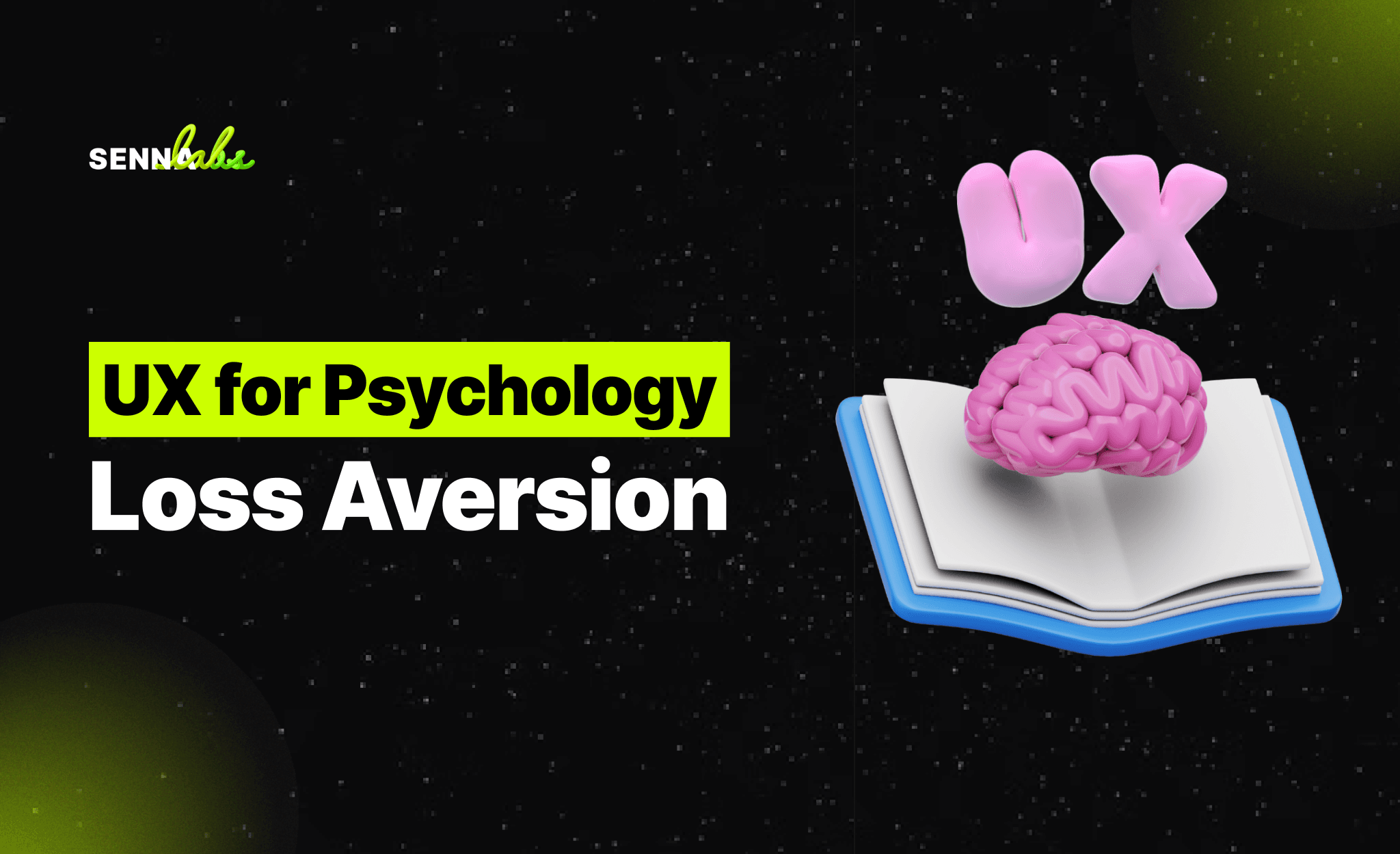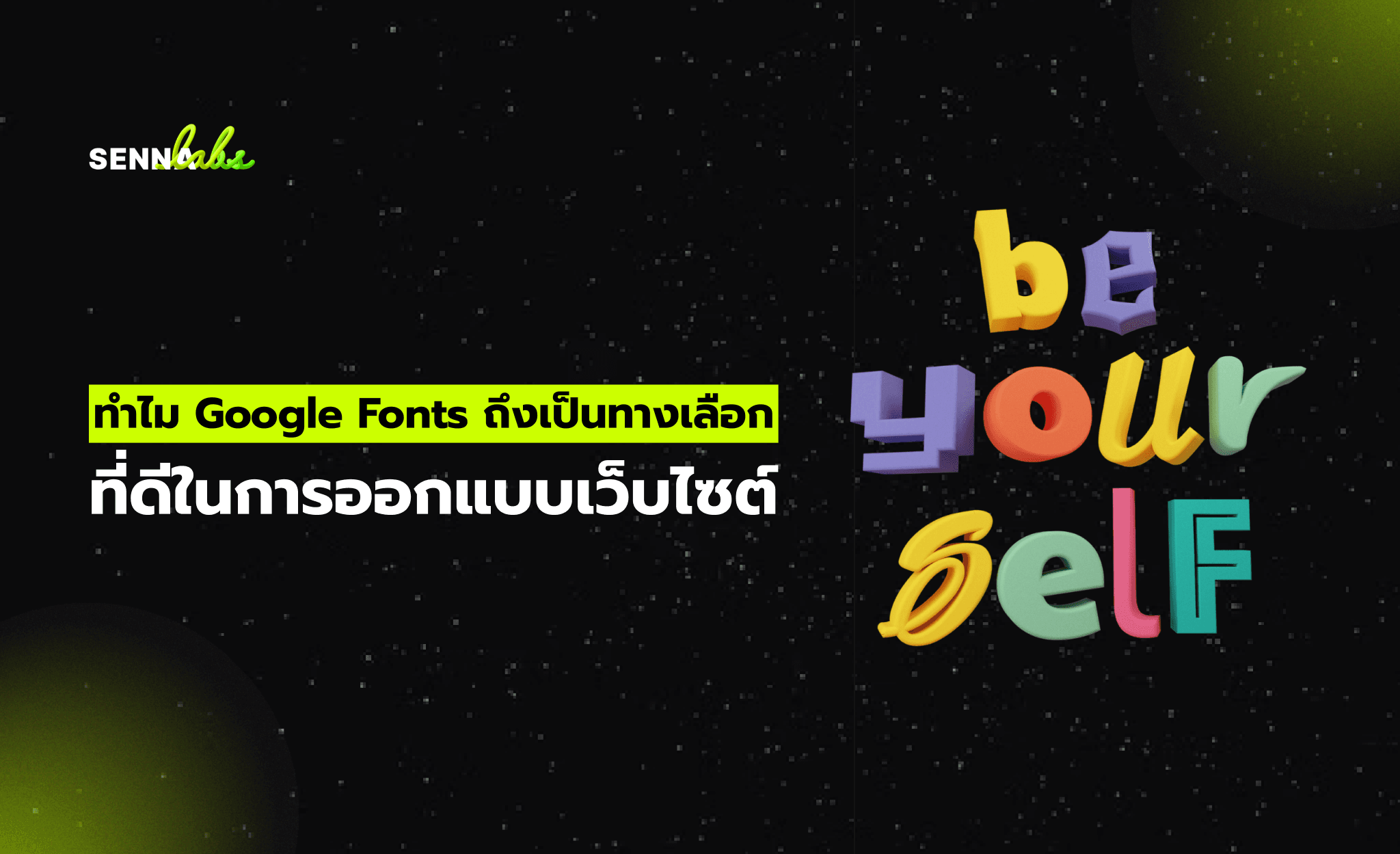How AI and Personalization Enhance UX/UI in Websites
Share

Artificial Intelligence (AI) is transforming User Experience (UX) and User Interface (UI) design by making websites more personalized, intuitive, and engaging. AI-powered personalization adapts content, layout, and interactions to each user's preferences, leading to higher engagement, increased conversions, and better customer satisfaction.
This article explores how AI enhances UX/UI in websites, covering personalization, chatbots, and machine learning, along with a case study of a streaming service that increased engagement through AI recommendations.

1. AI-Powered Personalization in UX
1.1 What is AI-Powered Personalization?
AI-powered personalization uses data-driven insights to customize content, recommendations, and user interactions based on past behavior, preferences, and patterns.
1.2 How Personalization Improves UX
-
Content Recommendations – AI suggests relevant articles, videos, or products based on browsing history.
-
Dynamic UI Adaptation – Websites adjust layout and features according to user behavior.
-
Targeted Offers and Promotions – Users see personalized deals instead of generic advertisements.
Example: Amazon's homepage displays product recommendations based on previous purchases, increasing conversion rates.
1.3 AI Personalization in E-commerce, Media, and SaaS
-
E-commerce – Recommends products based on purchase history.
-
Streaming Services – Suggests movies or shows similar to what the user has watched.
-
SaaS Platforms – Customizes dashboards based on frequently used features.
Example: Netflix’s AI recommendation engine is responsible for 80 percent of watched content, personalizing suggestions for every user.
2. Chatbots and Automated Assistance for Better UI
2.1 The Role of AI Chatbots in UI
AI chatbots provide real-time support and reduce friction in customer interactions by answering questions, guiding users, and assisting with purchases.
2.2 Benefits of AI Chatbots for UX/UI
-
24/7 Support – Users get immediate assistance without waiting for human agents.
-
Conversational UI – Natural language processing (NLP) makes interactions feel human-like.
-
Seamless Navigation – Chatbots help users find what they need faster.
Example: Sephora’s chatbot on Messenger recommends beauty products based on user queries, increasing engagement and sales.
2.3 AI-Powered Virtual Assistants
-
Voice Assistants – Siri, Alexa, and Google Assistant help users interact hands-free.
-
AI-Powered UI Guidance – AI analyzes user behavior and suggests the next steps.
Example: Google’s AI Assistant provides personalized search results and suggests tasks based on past interactions.
3. Using Machine Learning to Improve Customer Experience
3.1 How Machine Learning Enhances UX/UI
Machine learning (ML) improves websites by analyzing user data, predicting preferences, and optimizing interactions.
3.2 Key Machine Learning Applications in UX/UI
-
Predictive Search – Auto-suggesting relevant search terms.
-
Smart Content Curation – Adjusting website content in real time.
-
Adaptive User Interfaces – Modifying website layouts based on user preferences.
Example: Spotify’s AI-driven playlist recommendations analyze listening habits to suggest personalized music mixes.
3.3 Improving Customer Retention with AI Analytics
-
Behavior Tracking – AI analyzes how users interact with the site.
-
Proactive Support – AI detects user frustration and offers help.
-
A/B Testing Optimization – AI compares different UI versions to find the most effective one.
Example: LinkedIn uses AI to suggest connections and relevant job postings, keeping users engaged.
4. Case Study: How a Streaming Service Increased Engagement with AI Recommendations
The Problem
A streaming platform noticed that many users abandoned the site after a few minutes, struggling to find content they liked. The platform had generic recommendations that didn’t align with user preferences.
AI-Powered UX/UI Improvements
-
Implemented personalized AI recommendations based on watch history.
-
Introduced a machine learning algorithm that predicted user preferences.
-
Used AI-powered UI adaptations to highlight trending and relevant content.
The Results
-
User engagement increased by 40 percent as viewers found relevant content faster.
-
Watch time grew by 35 percent, reducing bounce rates.
-
Subscription renewals increased by 25 percent due to better content discovery.
Conclusion
AI and personalization significantly enhance UX/UI by:
-
Providing tailored content and recommendations to improve user engagement.
-
Using AI chatbots and automated assistance for faster customer interactions.
-
Leveraging machine learning for predictive analytics and adaptive UI improvements.
The case study shows how AI-powered personalization can increase user retention and interaction. Businesses that integrate AI into their UX/UI strategy can create more engaging, intuitive, and personalized digital experiences.

Share

Keep me postedto follow product news, latest in technology, solutions, and updates
Related articles
Explore all


